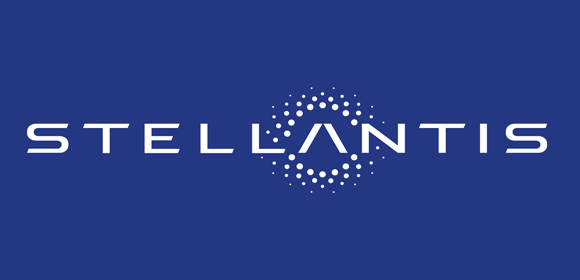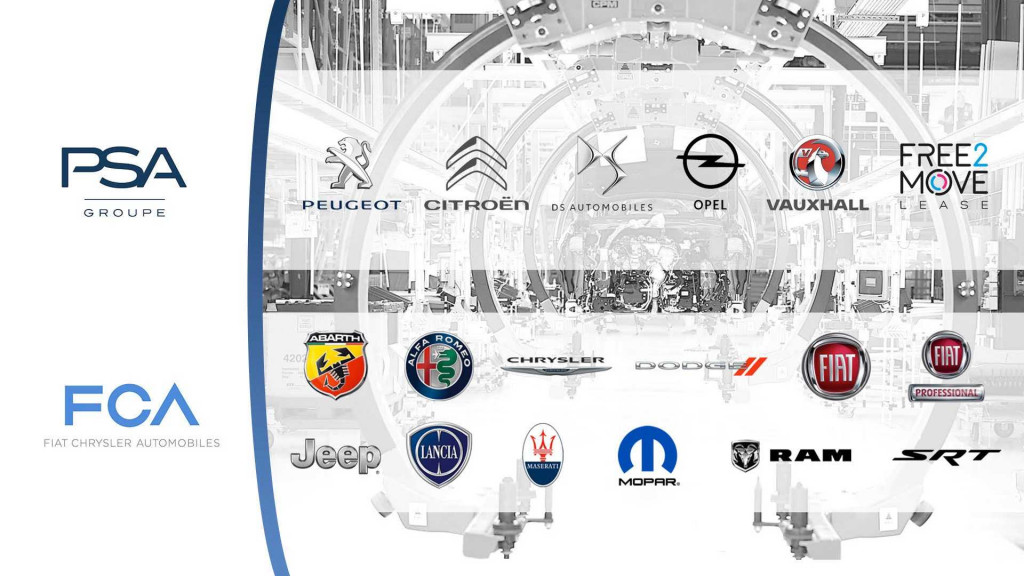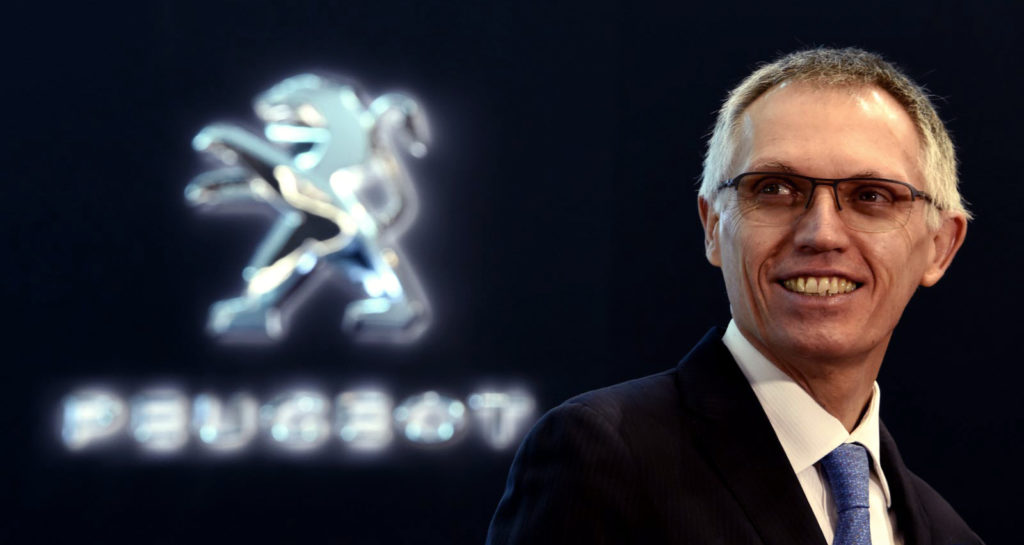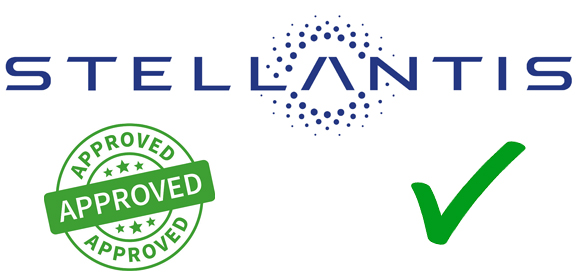January 4, 2021 was a momentous day for Carlos Tavares who will be the CEO or Stellantis, the merger between Groupe PSA and Fiat Chrysler Automobiles, after a majority vote by the shareholders of both companies accepted a move that will create the world’s fourth-largest carmaker by volume. It may also prove to be the day that casts the future for Citroën.
Tavares claims cost-sharing and other synergies will allow the companies to save billions of euros each year, while giving them a larger combined footprint in Europe and the US. By number of cars sold, Stellantis will now rank behind Volkswagen, the Renault-Nissan-Mitsubishi alliance, and Toyota — though it will be the third-largest automaker by revenue.

The acceptance by FCA comes after a last-minute alternative proposal was received on December 24, 2020 from Frank Rhodes, Jr., the great-grandson of Chrysler Corporation founder Walter Chrysler and client of Titan Global Advisors. Rhodes proposed to change the name of the company to Chrysler-Dodge-Jeep-Ram Corporation and move its headquarters to the United States, while retaining the London European headquarters. Existing management and employees would be provided a retention bonus based on tenure. The proposal suggested that in addition to a cash price to be negotiated, and payoff of all existing debt, existing stockholders would receive rights to acquire shares in the buyer entity if it was taken public in the future, the statement added.
Rhodes had filed an objection to the proposed merger into STELLANTIS with the Committee of Foreign Investment in the United States, “CFIUS”, and advised SENATORS to oppose the merger which would remove future profits and technologies from America. But with the PSA merger with FCA, orchestrated by Tavares, underway for almost a year, Rhodes’ proposal was not given serious consideration by the FCA Board.
As a result of the merger, it is likely that cuts are coming in both companies and as Tavares tries to wrestle with sales of over 15 different brands in Stellantis.

Expect reductions to impact white collar workers, as Tavares is unlikely to keep engineering centers in Paris, Turin and Rodelsheim, Germany, where the Opel brand he acquired in 2017 is located. While running Nissan’s North American operations from 2009 to 2011, Tavares had a reputation for closely watching costs with little tolerance for vehicles or ventures that didn’t make money. He is an enviable position of power as in the PSA/FCA merger, the advantage goes to PSA, which will control 6 of the 11 board seats with Tavares the tie-breaker.

Already the companies are talking about consolidating vehicle platforms – the underpinnings and powertrains – to save billions in engineering and manufacturing costs. That could mean job losses in Italy, Germany and Michigan as PSA Peugeot technology is integrated into North American and Italian vehicles.
“You can’t be cost efficient if you keep the entire scale of both companies,” said Karl Brauer, executive analyst for the iSeeCars.com auto website. “We’ve seen this show before, and we’re going to see it again where they economize these platforms across continents, across multiple markets.”
Tavares likely will target Europe for consolidation first, because that’s where Fiat vehicles overlap extensively with PSA’s. Fiat’s Italian capacity stands at 1.5 million vehicles, but only a few hundred thousand are being produced each year — a concern for unions, given Fiat’s role as the largest private sector employer in the country. Most Italian factories of FCA, Fiat, Alfa Romeo, Lancia and Maserati were on rolling short-term layoffs due to lack of demand, even before the pandemic.
FCA’s North American operations, led by the popular Jeep brand and Ram pickup, are hugely profitable and likely will be left untouched for a while, though just three years ago Tavares stated his desire to sell PSA vehicles in the U.S. within a decade. He said any global automaker has to sell in the U.S. market.
Analysts say the Chrysler brand could be in jeopardy in the U.S., where it has only two models, the aging 300 sedan and the Pacifica minivan. U.S. sales of the brand were off 19% through October. If Chrysler is to survive, their cars and some smaller SUVs, will need to move to PSA underpinnings.
In December the companies announced that Fiat Chrysler CEO Mike Manley would run Stellantis’ operations in the Americas.

The end result is that Stellantis will have too many factories in Europe making similar vehicles. Decisions will have to be made, and as we have said for years; if Citroën is to be retained it will make little sense to continue it in markets already dominated by Peugeot. A decision as to which automobile brand is to be retained, will most likely favour Peugeot as Carlos Tavares came into the company as CEO of Peugeot and the Peugeot family still has a seat on the Sellantis Board. (Consider too: that Opel was added to PSA in 2017 and now with even more similar models like Fiat and Lancia coming on board from FCA, these overlaps must also be resolved).
Stellantis also will face a major challenge in Asia, in particular China, where both PSA and FCA are weak.
“The big market of the future is Asia. Asia will dominate the car business,” said Ferdinand Dudenhoeffer, of the Center for Automotive Research in Germany. Already it is 45% of global sales. “They merge, OK. They find synergies, OK. They reduce headcount, OK. But they are missing the most important point in the car business.” He is referring to dominant branding.
China is a market onto itself with the Chinese seeking full featured vehicles and manufactures in strong competition to satisfy growing demand. With PSA attempting to gain market share it is unlikely that Citroën would continue potentially hamper the Peugeot there.
Citroën was introduced in India in 2019 as a upscale brand with a promise to deliver a range of vehicles by 2025. The C5 Aircross SUV is the first of these set to go on sale Febraury 1, 2020. India is projected to be a major growth market. We think it is more likely that if Citroën is to continue as brand in Stellantis, sales are going to focus in India and perhaps to the legacy market of France, Belgium and the Netherlands. However it will be India, where the focus of Citroëns will be for manufacturing. Production cost efficiency and local market demand would therefore be its means of survival. Select models produced in India could be offered in France to a market that still has a financially viable penchant for the brand, though as we have seen in France this year with the roll-out of the with Ami, the Citroën brand has been marketed toward a new low-cost mobility sector in a manner reminiscent to the introduction of the 2CV back in 1947.
There’s also the premium DS brand that will exist under Stellantis, but who knows for how long. It could be a casualty as the Peugeot brand seeks to gain recognition for premium products globally. Most certainly it would be an extremely high risk for Tavares to sanction and support Citroën offering a premium product. The past track record of Citroën with the C6 and the XM, both brilliant achievements but financial losses to the company, serve as guidance not go that route again, especially when reigning in the brand diversity of Stellantis. There is little doubt its structure will be dynamic, but how Citroën will function may be cast already.
“I have rarely felt as much as today that I am experiencing a historic moment,” the PSA chairman, Louis Gallois, said after the vote.
Tavares said the date for making the merger operational would be announced “very soon.” Stay tuned…

